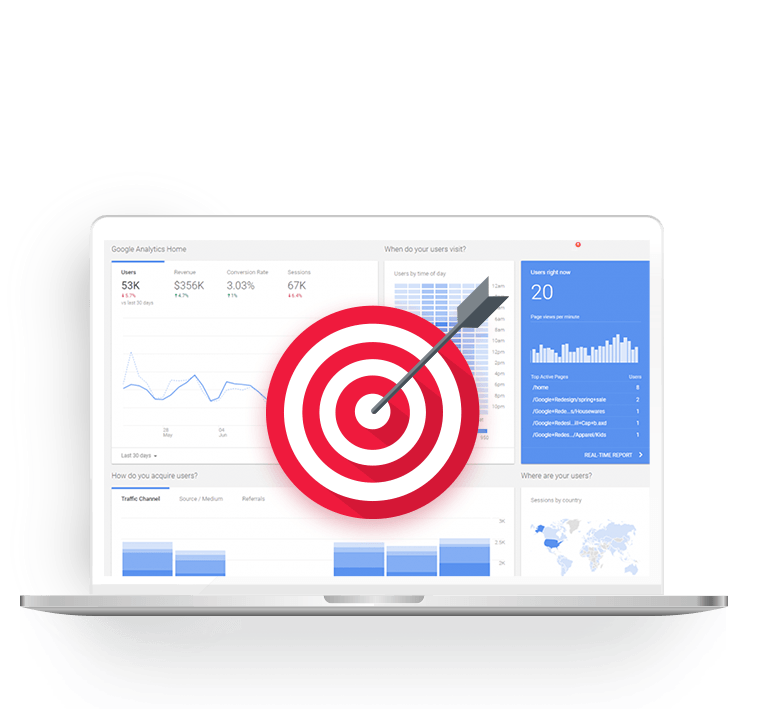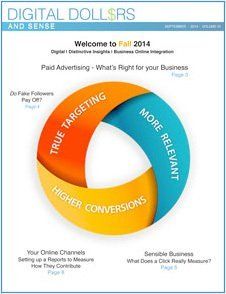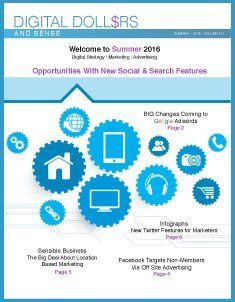The Click as a Performance Metric
- By Joe Wozny
- •
- 21 Sep, 2016
As Featured In


One of the primary advantages "digital" promises over traditional media is the ability to directly attribute the value online channels provide to your business (performance metrics). This was an attractive advantage/benefit over television or print, where a deep level of attribution is still challenging, despite big steps in the right direction.
This article discusses the "click" as a common performance metric, where it's best applicable, how to improve click as a measurement and insights into the questions to consider when looking at your latest analytics reports.
Counting Clicks
When it comes to online advertising, clicks are one of the most common measurements of success. It's tempting to look to clicks as "THE performance indicator" because they represent a very tangible action. But while clicks are often an accurate measure of effectiveness for search ads, when it comes to display, the click does not correlate well with ad effectiveness and is not the outcome you should be optimizing for.
A comScore study, for example, found that clicks had absolutely no correlation with conversions for display ads. So even if people click on your display ads, they're no more likely to convert than those who didn't. With display campaigns, clicks are rare, but that doesn't mean the ads don't work. Evidence suggests that clicks are not an accurate measure of performance for display.
View-Throughs
The idea that display ads lead to conversions even when users don't click (referred to as a view-through conversion) is often met with skepticism. But there is strong evidence to suggest that display ads can and do encourage users to return to a website directly or through using a search engine.
Salesforce has reported that running display campaigns led to an 80% increase in branded search, or users searching directly for the brand name, which means that people who saw an ad used a search engine to visit Salesforce.com instead of clicking on an ad.
A more comprehensive comScore study found that retargeting campaigns, on average, led to a 1,046% increase in branded search—a clear indication that retargeted users were using search engines to return to the advertiser's site. The comScore study covered 103 campaigns run by 39 different advertisers in 7 industries.
Retargeting, also known as remarketing, is a cookie-based technology that uses simple code (pixel) to anonymously 'follow' your audience all over the Web. This unobtrusive code is placed on your website. Every time a new visitor comes to your site, the code shares an anonymous browser cookie. When your cookied visitors browse the Web, your advertising provider will serve your ad on sites within their retargeting network.
Retargeting advertisers who have set up tests to check the validity of view-throughs consistently find that retargeted users convert at higher rates than those who don't.
Setting up a test to ensure view-throughs are valid can be a good strategy, but the evidence consistently shows that view-throughs are valid.
Bottom Line: Make your display ad campaigns work harder for you. A click doesn't necessarily indicate brand recognition, recall or awareness, and for display advertising it may not correlate directly to sales. Configure retargeting in your display ad campaigns to assist with understanding the view-through component of your advertising digital dollars.
Joe Wozny, author of The Digital Dollar: Sustainable Strategies for Online Success, is a digital and online media thought leader, strategist, author, blogger and international presenter on strategies to improve the reach and success of Internet, social and digital media initiatives. Through Concentric, he helps leaders leverage their businesses using smart, well planned digital strategies. For more information on Joe as an author, please visit joewozny.com, and follow him on Facebook and Twitter



























